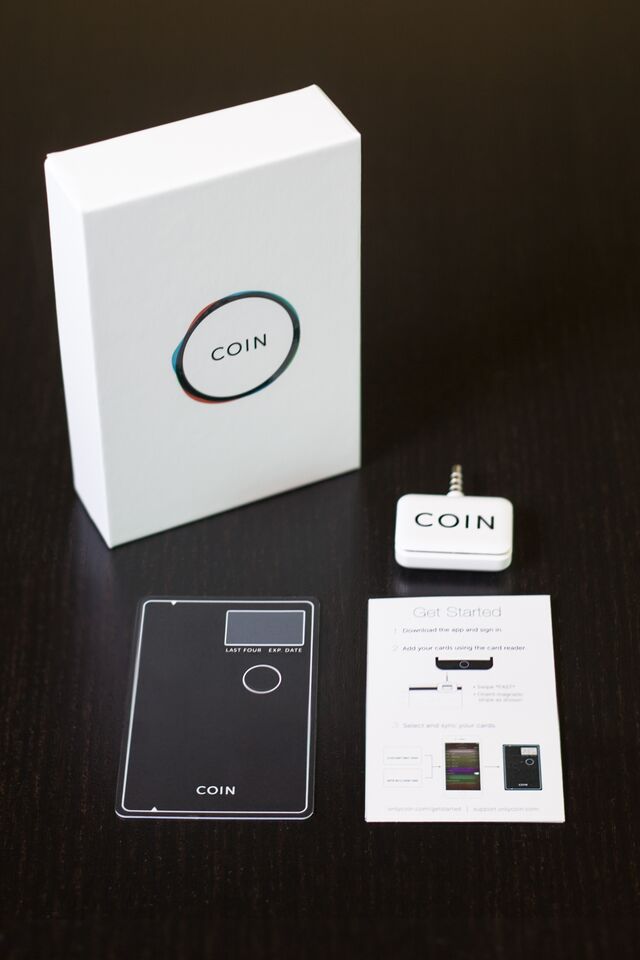 I finally received my Coin this week, and I’m about to load some cards and head to the grocery store (or maybe the new Amazon Bookstore). (Update: It worked the first two tries, at a U.S. Bank ATM and grocery store POS. But, alas the third time was not a charm as it wouldn’t read at a hardware store POS despite a valiant effort by the clerk. Attempt #4 with a coffee shop closed-loop card worked, barely, taking 10 to 15 swipes.)
I finally received my Coin this week, and I’m about to load some cards and head to the grocery store (or maybe the new Amazon Bookstore). (Update: It worked the first two tries, at a U.S. Bank ATM and grocery store POS. But, alas the third time was not a charm as it wouldn’t read at a hardware store POS despite a valiant effort by the clerk. Attempt #4 with a coffee shop closed-loop card worked, barely, taking 10 to 15 swipes.)
But before I get too disillusioned by the real-world experience, I wanted to pen a column about why, even in a world with Apple Pay, Android Pay and Chase Pay, the supercharged-plastic Coin delivers substantial perceived value on a number of fronts.
Here’s the value for someone like me that typically carries 6 credit/debit cards when traveling (2 personal, 2 business, 1 ATM, 1 AMEX) and 4 or 5 around town:
Extra security (peace of mind): Fewer plastic cards to lose = less worry
+
Simplifies travel prep: Easier to verify your physical wallet inventory before heading out and zero chance of forgetting a card (assuming you don’t forget Coin)
+
More card options: Can store all your cards, including mag stripe loyalty/prepaid cards, in mobile wallet (max of 8 in Coin plastic at any one time)
+
Slims physical wallet: Going from 10 pieces of plastic to 4 (Coin, backup plastic card, driver’s license, health insurance)
+
Reference for online usage: The Coin mobile wallet is a handy and secure place to store card details and customer service numbers
+
Cash backup: I stopped carrying an ATM card years ago since I only used it a few times per year. But every once in a while, I could really use cash. Having Coin in my wallet solves that.
+
X-factor: For early fintech adopters, it’s a cool little package and would make a nice gift for the fintech geek who has everything.
On the other hand, I’m toast if I go “Coin only” and lose it or it doesn’t work at a particular terminal. Most bloggers are reporting 80% to 90% success rates. So in reality, you need to carry at least one credit card as emergency backup.
Bottom line: It’s a nifty device, but the swipe success rate is crucial. If Coin can get to a 95%+, I think it will be worth the $100 to a sizable group of fairly well-heeled techies. However, sub-90% success rate makes it much less interesting since on one wants to be that guy holding up the checkout line with his fancy black card.
Assuming it works, there is no single Coin benefit worth $100. But the combination of seven makes it compelling (though it would be MUCH easier to sell at $30 or $4o; no one paid over $50 in the pre-order frenzy two years ago). Coin could bolster its security positioning by partnering with BillGuard or others to scan card transactions looking for fraud.